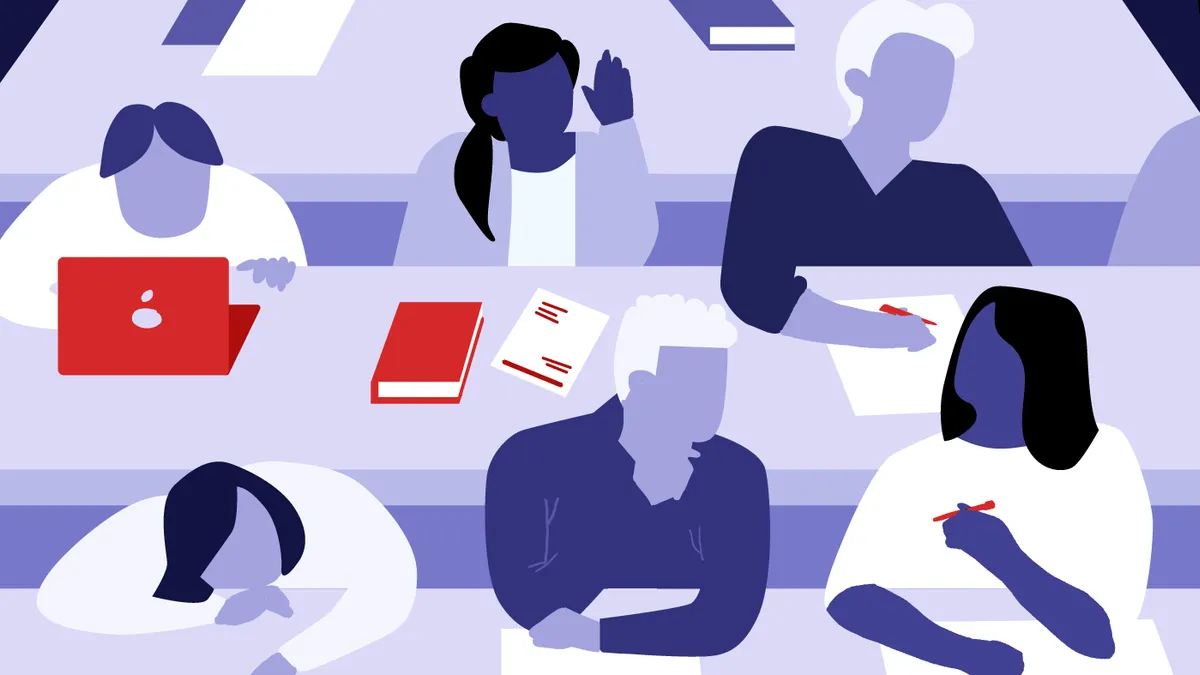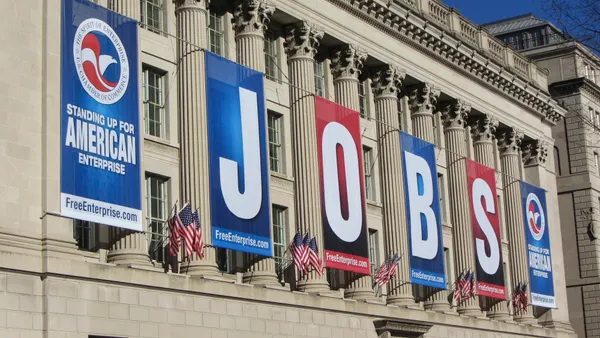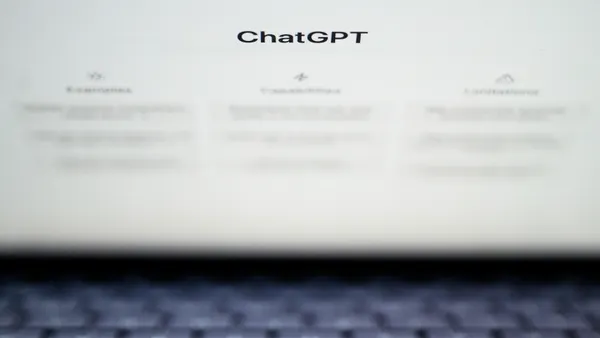Workers now face a “seemingly infinite workday,” where they scan emails before getting out of bed in the morning, attend countless meetings throughout the day and catch up on work during the evenings and weekends, according to a June 17 report from Microsoft.
For instance, mass emails with 20 or more recipients have increased 7% in the past year, Teams messages per person grew 6% year over year globally, and evening meetings held after 8 p.m. have increased 16% year over year as well.
“This points to a larger truth: the modern workday for many has no clear start or finish,” according to the report. “As business demands grow more complex and expectations continue to rise, time once reserved for focus or recovery may now be spent catching up, prepping and chasing clarity.”
Based on Microsoft data, employees receive an average of 117 emails per day and 153 Teams messages per workday. About 57% of meetings are ad hoc, or called in the moment without a calendar invitation.
Half of meetings take place between 9-11 a.m. and 1-3 p.m., which are considered the most productive hours for workers based on their circadian rhythms. Message activity also increases during the time, leaving little time for deep focus work, Microsoft said.
Telemetry data indicates that employees using Microsoft 365 are interrupted every two minutes by a meeting, email or chat notification, adding up to 275 times per day.
In the evening, 29% of employees check their email again after 10 p.m. Nearly 20% of employees actively working on the weekend tend to check their email before noon on Saturday and Sunday. More than 5% also check email on Sunday evenings.
Overall, 1 in 3 employees said the pace of work during the past five years has “made it impossible to keep up,” Microsoft said.
In response, employers should question how time is spent, how work gets done and what really drives impact, according to the report. For instance, companies can use the 80/20 Pareto principle to focus on the 20% of efforts that deliver 80% of the outcomes. This requires setting boundaries and prioritizing deep work, the report indicated.
Microsoft also recommended redesigning organizational charts to focus on goals and outcomes rather than traditional silos. As part of this, departments can incorporate artificial intelligence tools to develop insights, draft reports and fill gaps, according to the report.
This most recent report echos what other research has indicated about work and personal time blending. Employees are increasingly working while on vacation, according to a report from Dayforce. Employers can help workers achieve better work-life balance by creating team coverage plans for vacation days and training managers to lead by example, the report found.
The phenomenon may differ by region, however. In general, Americans work more and feel less happy than Europeans, according to survey results from Kickresume. Americans tend to work longer hours and feel more stressed, while Europeans tend to vacation more and report greater satisfaction with their work-life balance.














